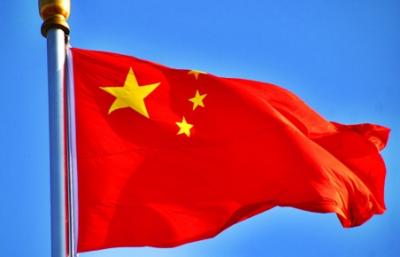The Nepal Communist Party (NCP) appears heading for a split, despite a last-ditch effort by China to save the communist coalition and protect its larger geopolitical interests in the Himalayas.
On Tuesday, Chinese ambassador to Nepal Hou Yanqi met Nepal’s President Bidya Devi Bhandari at the presidential palace Shital Niwas. The hour-long meeting followed the President’s acceptance of Prime Minister KP Sharma Oli’s decision on Sunday to dissolve parliament. Oli’s move has triggered a major faction fight, driving a likely split between two coalition partners of the NCP—Oli’s Communist Party of Nepal (United Marxist Leninist) and Communist Party of Nepal (Maoist Centre) led by his chief rival Pushp Kamal Dahal, better known by nom de guerre, Prachanda.
Prachanda is backed by two major heavyweights; former prime minister Madhav Kumar Nepal and Jhala Nath Khanal. There are many reasons for the Chinese to be unhappy, if not disturbed by new seismic political currents jolting Nepal.
First, Nepal is at the centre of the New Great Game between traditional partner India and China. Both rising powers are vying for a deeper influence in the Himalayan republic. Their rivalry in Nepal is part of a bigger and expanding struggle for dominant influence in South Asia as well as the broader Indo-Pacific region, with Myanmar, Sri Lanka, Maldives and island territories of the Indian Ocean emerging as key theatres of geopolitical competition.
Second, Beijing want to tag Nepal in its larger Belt and Road Initiative (BRI). China is building its own ecosystem of relations, threaded by its Eurasia-centred, BRI, which has triggered a mushrooming of cross border roads, railways and cyber-connectivity links across Eurasia. China hopes to pivot Nepal in its direction by building strong cross border connections via Tibet.
Nearly three years ago, China became Nepal’s second internet service provider, breaking India’s monopoly in providing internet access to the Himalayan Kingdom. The Hong Kong- and Beijing-based China Telecom Global (CTG)—a company formed in 2012—had teamed up with Nepal Telecom to provide alternate cyber-connectivity to Nepal. Prior to this move, Nepal had been linked to the global internet network through Indian telecom operators, using optical fibre connections in Biratnagar, Bhairahawa and Birgunj, among others.
But CTG’s new terrestrial fibre cable launched in 2016 connects Nepal and China through the Rasuwagadhi border gateway. The new fibre link extends to a Hong Kong Data Centre—one of Asia’s largest global data centres. CTG had earlier paired with a couple of companies including Global Switch, a leading data centre in Europe, to launch a state-of-the-art data hub in Hong Kong. Undercutting Kathmandu’s reliance on the Kolkata port, Nepal can now access four Chinese seaports—Tianjin, Lianyungang, Shenzhen, and Zhanjiang—for its overseas trade.
It can also use Lhasa and Shigatse, two land ports in Tibet along with Lanzhou, on the doorstep of Xinjiang, as its commercial arteries. Unsurprisingly, China has been miffed by Oli’s bombshell. An article in the tabloid Global Times, a part of the People’s Daily stable run by the Communist Party of China (CPC), lists a litany of problems that Nepal is likely to encounter following Oli’s decision.
“Previously, Nepal's frequent changes in government gravely impaired the country's social stability and economic growth. Unfortunately, the country may fall into political instability once again only after just two years,” the CPC bullhorn said. It added: “Forces led by Oli and Dahal may split the current communist party into two parties. This is unfavourable to the country's political stability and the communist party overall. A third party, such as the Nepali Congress, a social-democratic political party in Nepal, may benefit from this chaos.” Curiously, the daily blamed “some media” in India of trying to drive a wedge between China and Nepal.




















